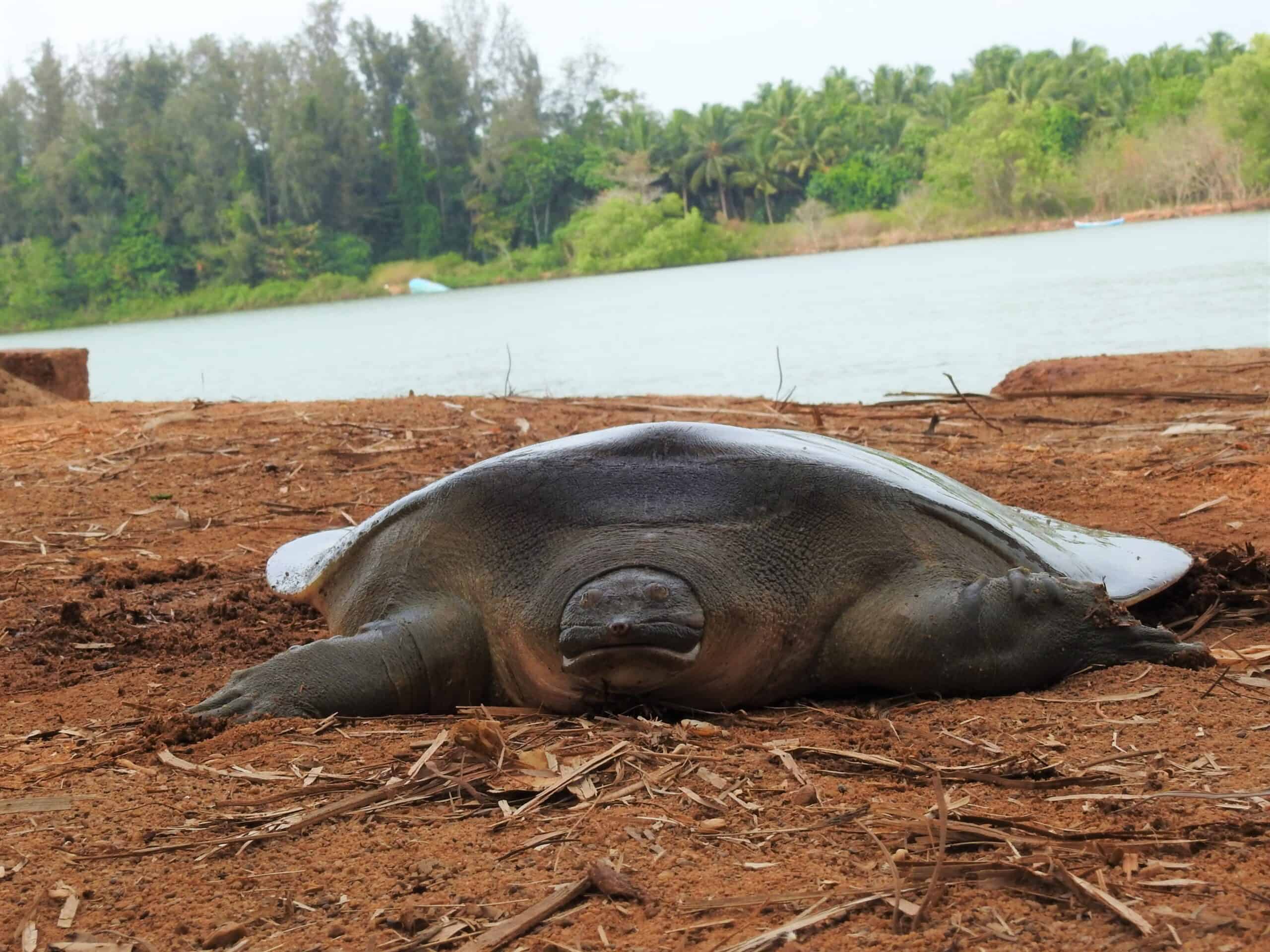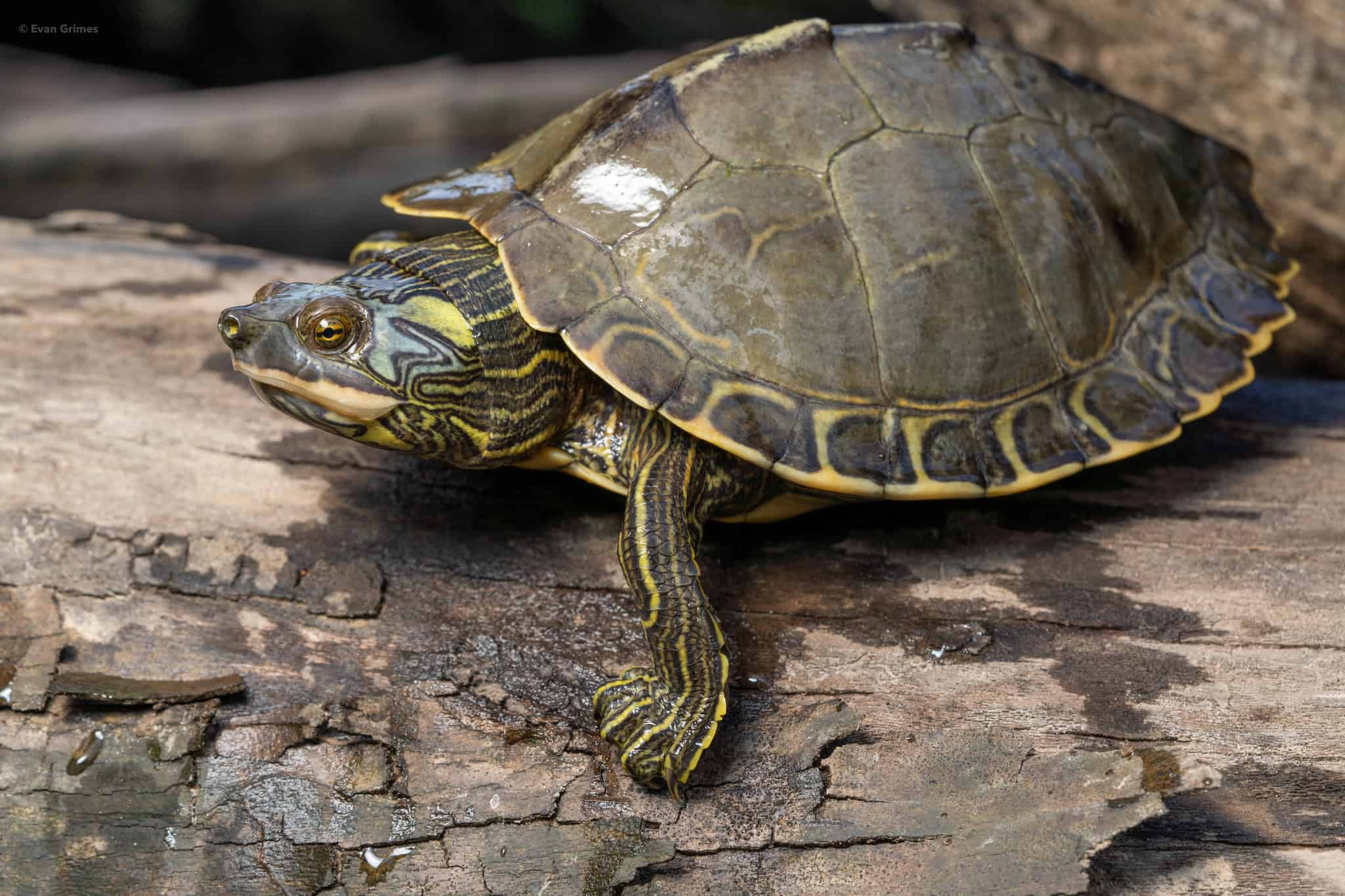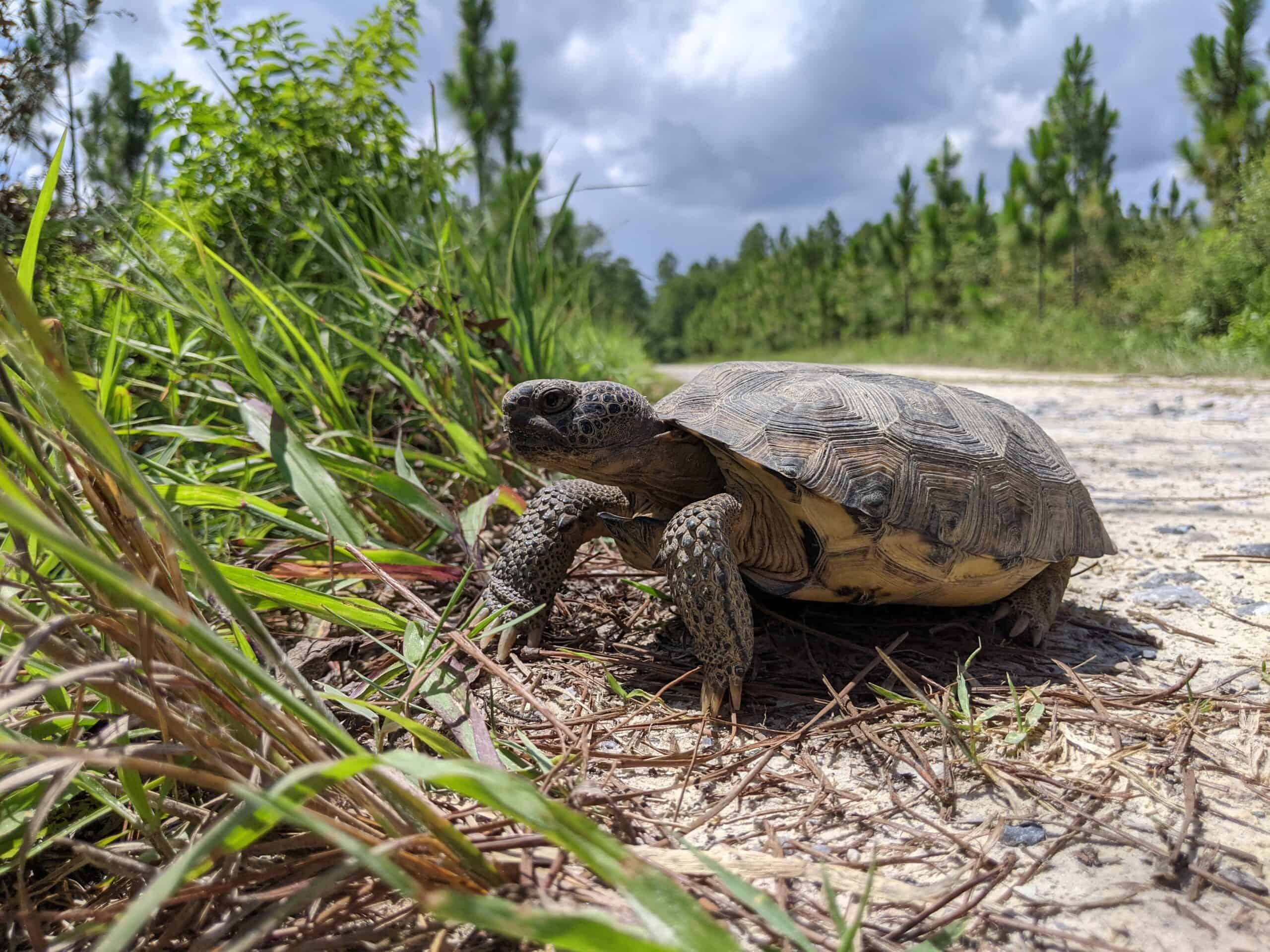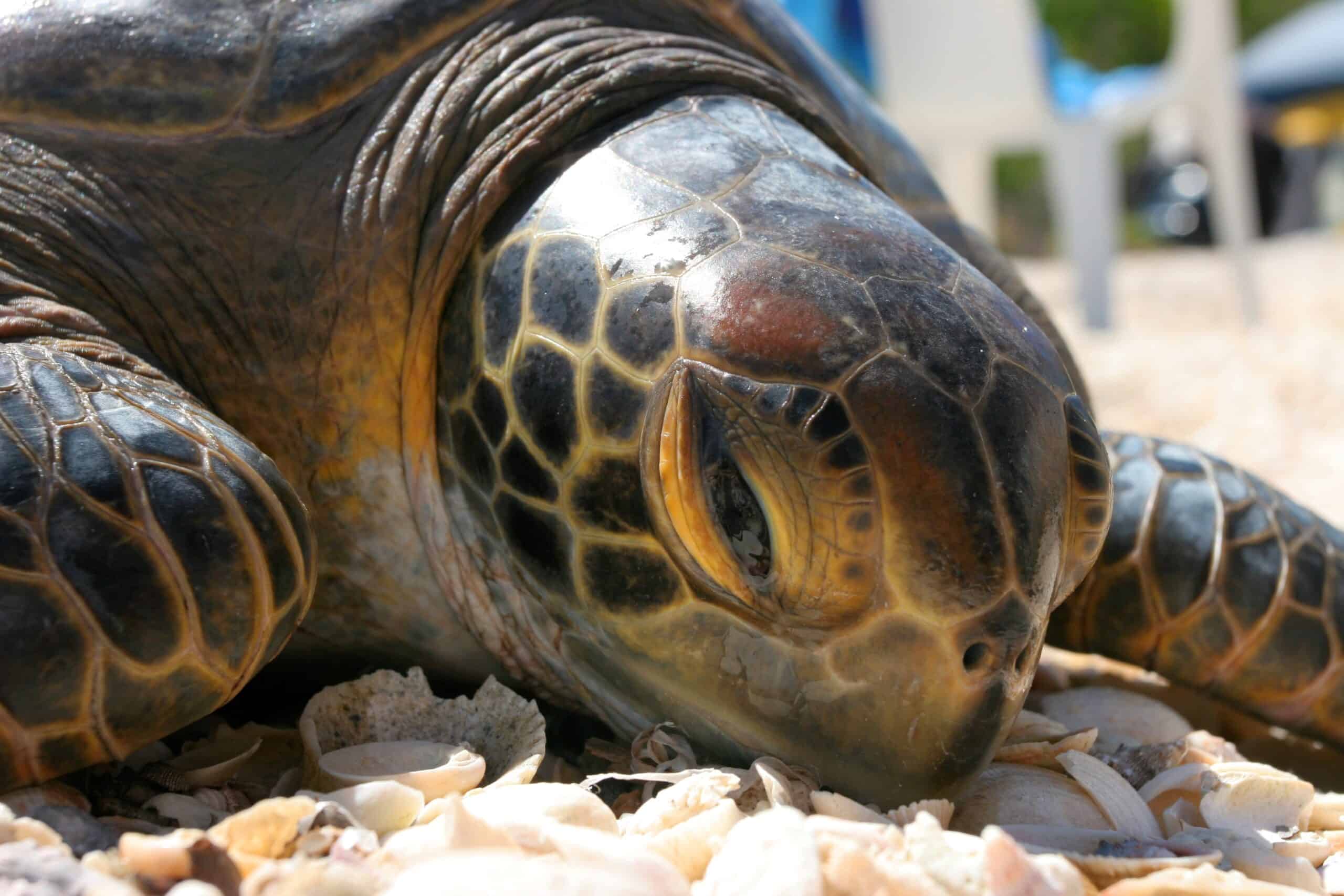Share this article
Wildlife Featured in this article
- Asian giant softshell turtle
Wild Cam: Building a community of turtle conservationists in Kerala
Researchers who once knew little about Asian giant softshell turtles are now protecting them in southern India
The Asian giant softshell turtle is quickly disappearing from its known range, but scientists still have a lot to learn about their populations.
Researchers are working to educate communities in areas where the turtles are found in an effort to boost conservation for this critically endangered reptile.
“I truly believe that the Asian turtle crisis can be solved if we involve enough people,” said TWS member Ayushi Jain, a PhD student in ecosystems science and policy at the University of Miami.
The International Union for Conservation of Nature considers the Asian giant softshell turtle (Pelochelys cantorii) critically endangered due to a combination of hydrological changes, habitat loss, water pollution and harvesting of the species for food in many of the countries where it is found.
A top predator in many river ecosystems, the turtle usually ambushes its prey of mollusks, fish and crustaceans but also eats carrion and, occasionally, dead plant matter. “They are very essential for maintaining the river ecosystems,” Jain said of the turtle.
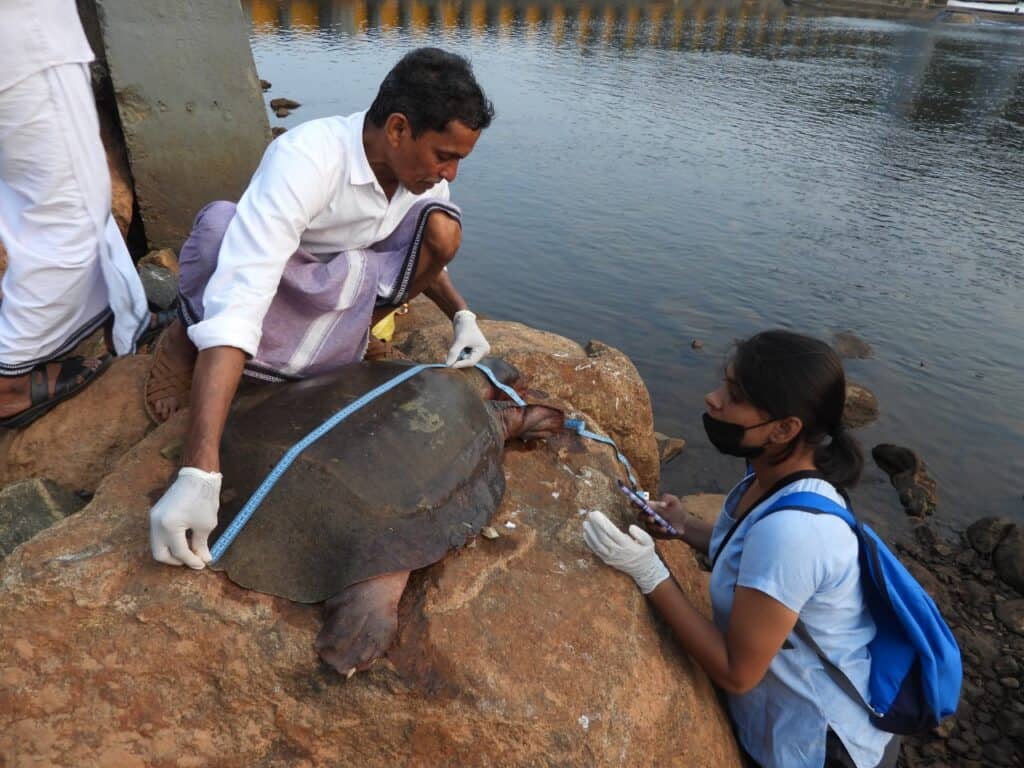
Among the largest freshwater turtles in the world—Asian softshell turtles can reach up to 2 meters in length—not many species prey on them other than crocodiles and humans. The creatures are rather flat for a turtle—their form is reminiscent in some ways of a manta ray with arms. Their snouts protrude from their heads like a straw.
According to the IUCN, the range of these turtles mostly hugs coastal areas, from southeastern China down through most of Southeast Asia and even into parts of Bangladesh.
In India, researchers hadn’t confirmed their presence, but Jain had heard some anecdotes and a single scientific report about their presence in Kerala, a state in the southwestern end of the country.
“I had the species on my radar because I was interested in working on softshell turtles,” Jain said.
Filling knowledge gaps
As detailed in a presentation at The Wildlife Society’s 2023 Annual Conference in Louisville, Kentucky, and published recently in a study in Oryx, Jain, who is from Agra, a city in the northwest of the country famous for the Taj Mahal, traveled down to Kerala to learn more about the Asian giant softshell turtle population there.
With the help of a translator, she talked to people who lived close to or fished on the river system in Kerala. She built a network of locals with knowledge about the species, asking them how often they used to see these turtles compared to more recently.
She found that locals would sometimes find Asian giant softshell turtles in their nets as bycatch. In these cases, they’d sometimes eat the turtle or sell it for meat—the locals were largely unaware that the species was considered critically endangered, Jain said.
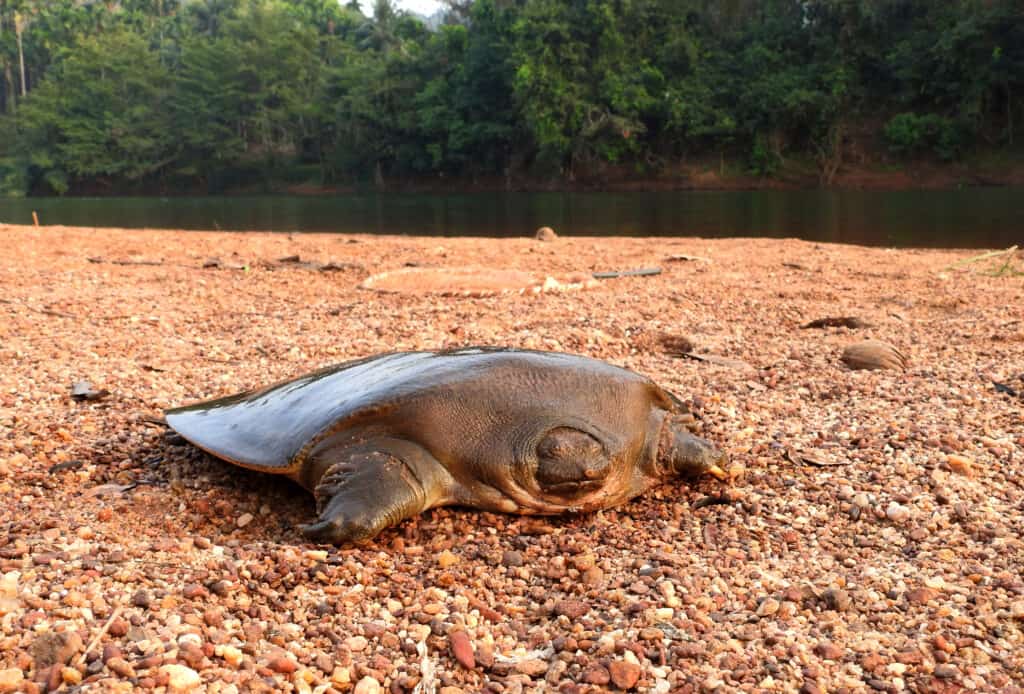
Some would send Jain photos of the turtle, but it took seven months in the field before someone finally called her, saying they had caught a live one. “During that time, I lost hope that I would ever see a turtle,” she said.
Once she began seeing more live specimens, Jain quickly realized she was faced with a conundrum. Some of the people who captured these reptiles expected money from her in exchange for releasing the turtles back into the water. If the researchers complied, the locals might end up hunting more turtles so they could get more money to release them again.
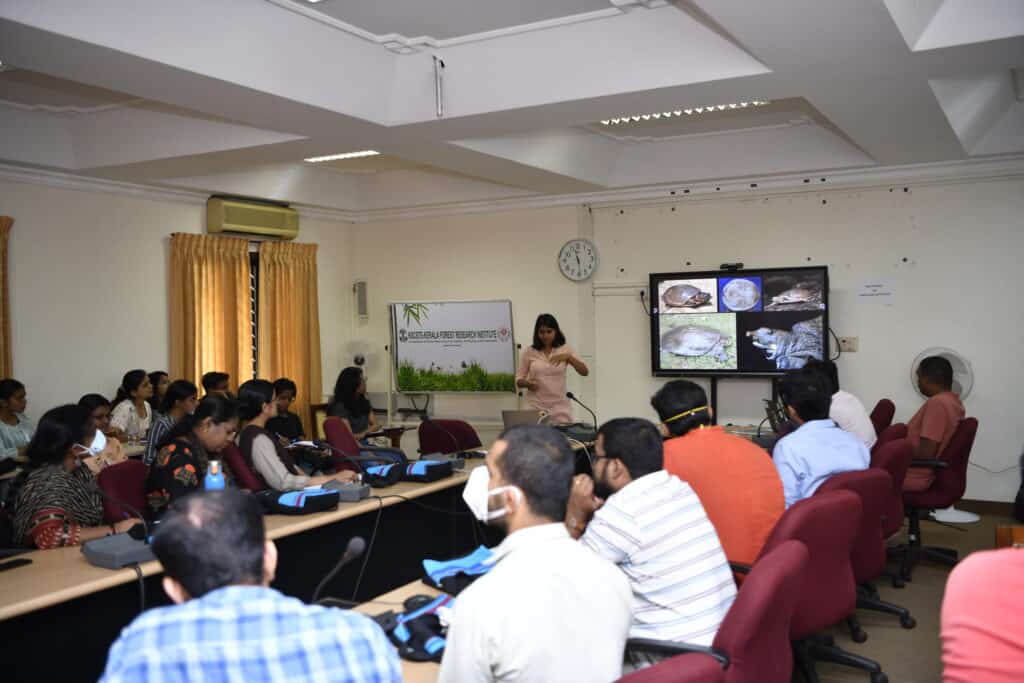
Jain organized educational sessions with locals to explain that they weren’t conducting these efforts for money but rather for conserving an important species for the success of the native freshwater ecosystem.
Many locals began to come around after about a year of these efforts. “People changed pretty fast,” Jain said. There were still some challenges—some locals get angry at the turtles, since they destroy nets when they are accidentally caught. They see the sale of their meat as a kind of compensation for the problems they cause, she said.
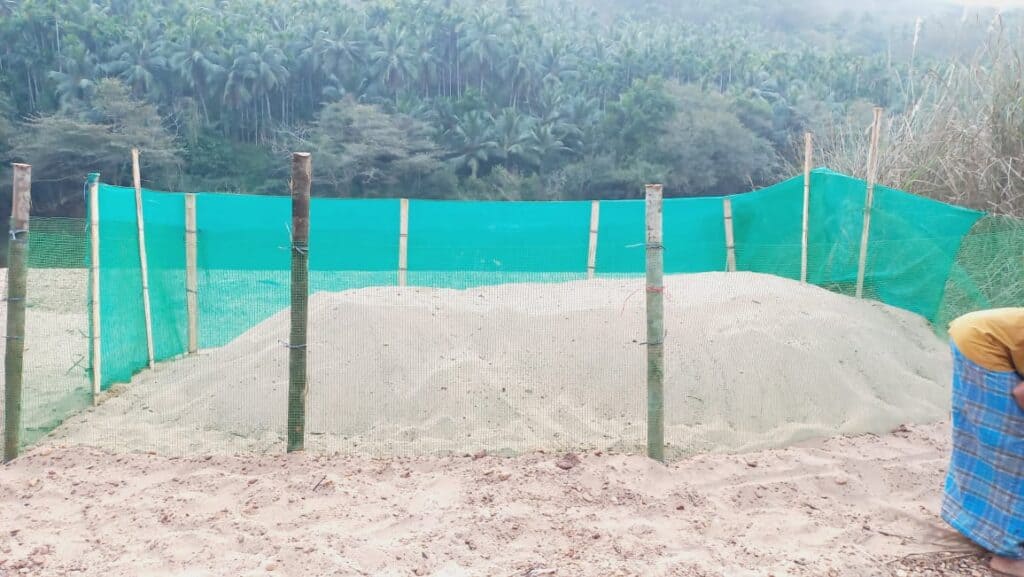
Hard work pays off
After about a year of work in Kerala, some locals directed Jain to a nest they had found. The eggs were only partially developed and not viable, but the discovery was still encouraging due to the rarity of the species. “That was a big win for us because we never thought we’d find a nest, even if it was destroyed,” Jain said. In that year, two of the three nests Jain and her colleagues found were destroyed due to flooding.
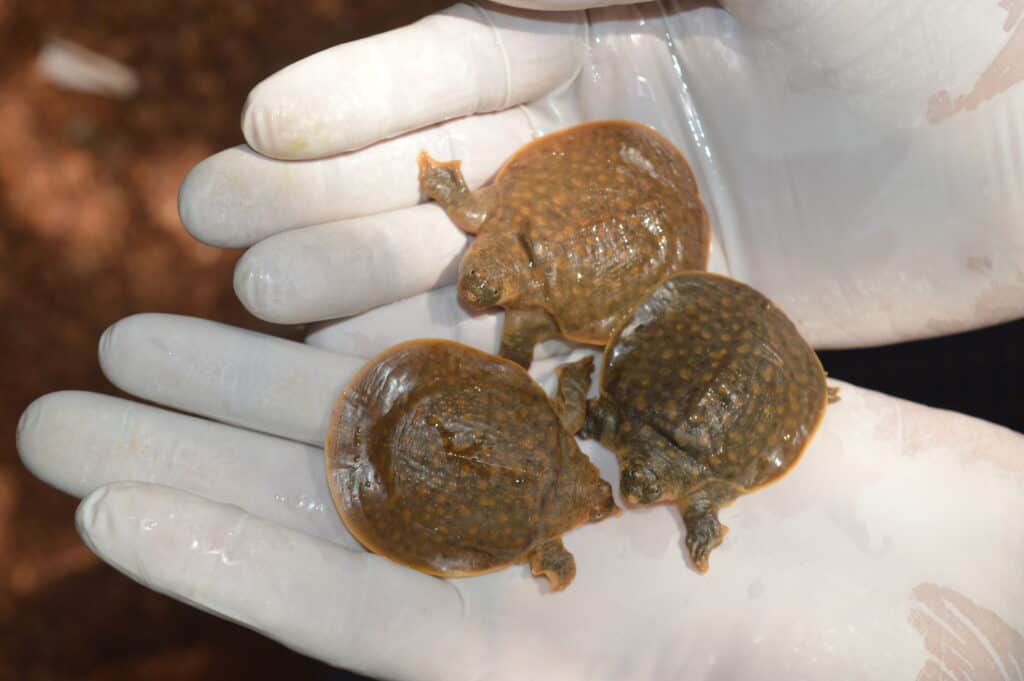
While Jain is now in Florida pursuing her PhD, a team of researchers is in Kerala looking for nests and creating incubation areas to protect them when they are discovered. So far, the local community and the Kerala Forest Department have discovered eight nests with more than 300 eggs. They incubated these in captivity, which has so far resulted in 45 “happy and healthy” hatchlings.
The release of these hatchlings back into the ecosystem has become something of a “sacred ritual” in the community, Jain said. Meanwhile, the turtles are also growing fast. “They are now all set to become heavyweight champions,” she said.
Continuing to educate the local community and keep them involved is important, she said. In 2021, one of the trail cameras that the team set up captured footage of a poacher removing an adult female from the water in one location.
“The key here was to keep going [to visit local stakeholders], even if just to say, ‘Hi, how’s it going,’” she said. She believes that overall, these efforts are improving the conservation ofAsian giant softshell turtles in Kerala.
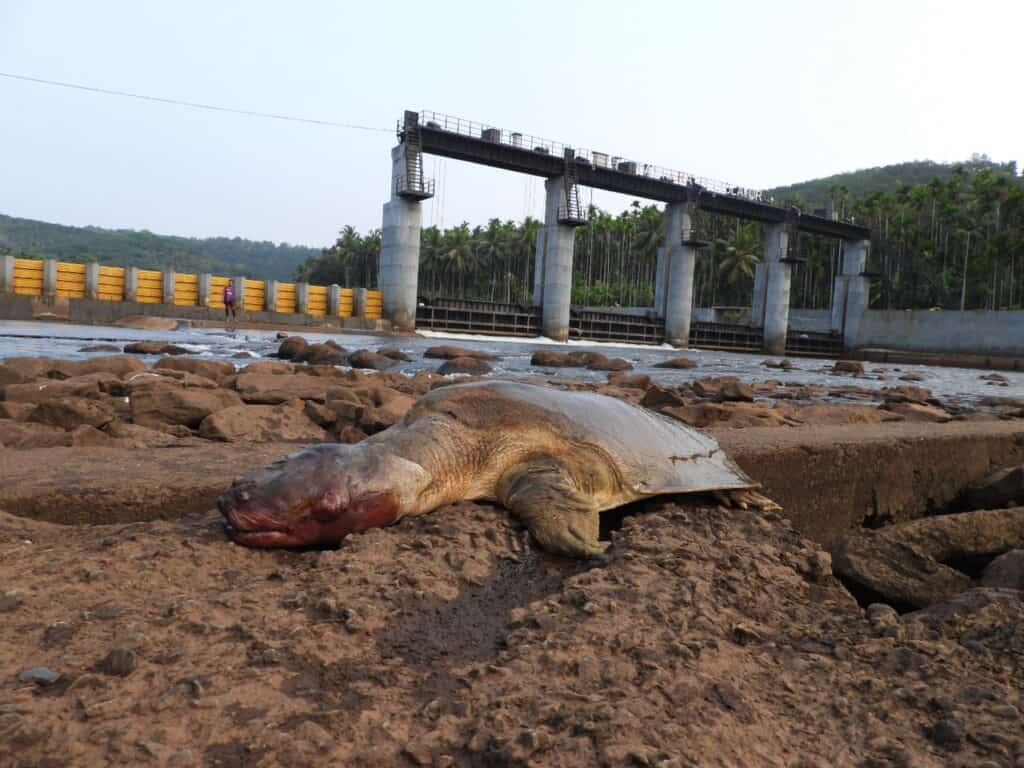
Jain intends to return to Kerala during and after her PhD work, as there are still other challenges to protecting Asian giant softshell turtles there. Farmers often create small dams and reservoirs to preserve water to last through drier seasons, for example, while there are also larger dams in some areas. These hydrological changes have led to the disappearance of some of the sand banks where turtles bury their eggs. It’s impractical to ask farmers to remove these dams, though.
“This regulation of water is critical and very important for the local communities who depend on these local rivers and waters for their livelihood,” she said.
But Jain hopes that the seasonal use of the dams may be shifted a little to favor the egg-laying season of the turtles. To improve the species’ outlook in Kerala, it’s important to continue to find “common ground” with local stakeholders, she said.
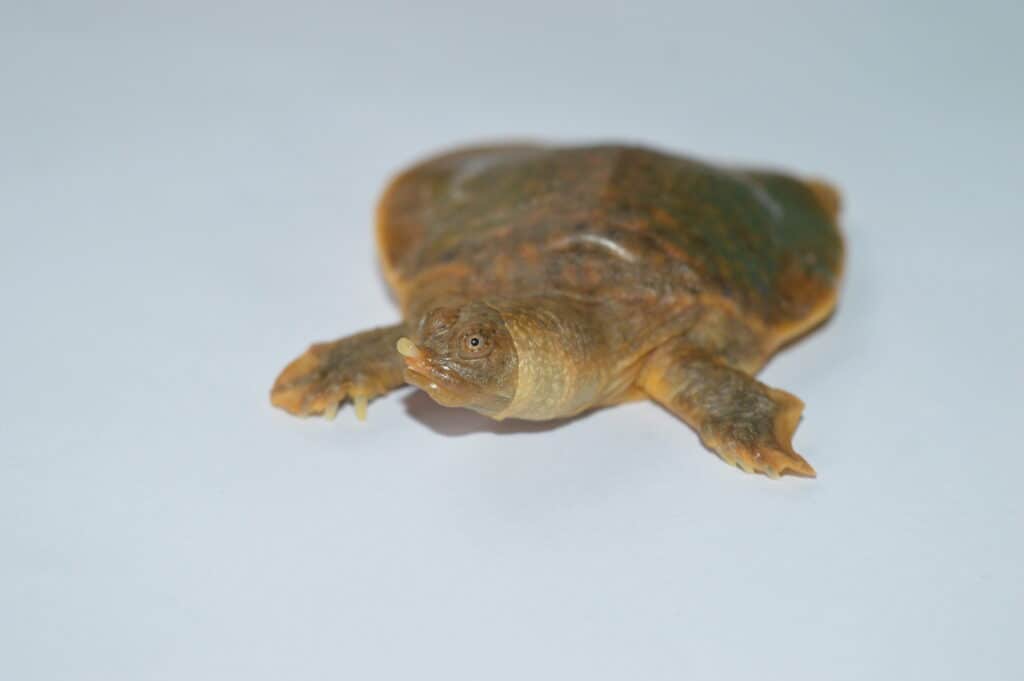
This photo essay is part of an occasional series from The Wildlife Society featuring photos and video images of wildlife taken with camera traps and other equipment. Check out other entries in the series here. If you’re working on an interesting camera trap research project or one that has a series of good photos you’d like to share, email Josh at jlearn@wildlife.org.
Header Image: Asian softshell turtles are rare in most of their range. Credit: Ayushi Jain



